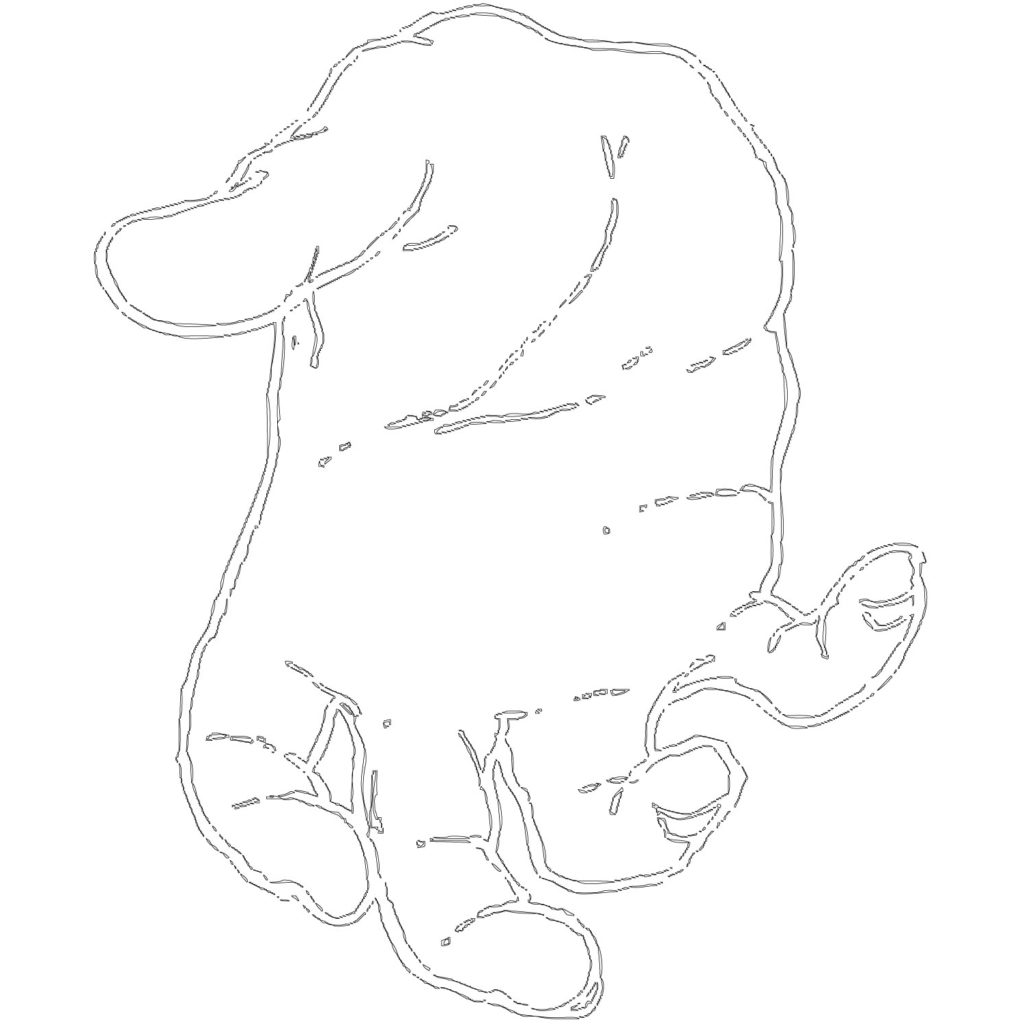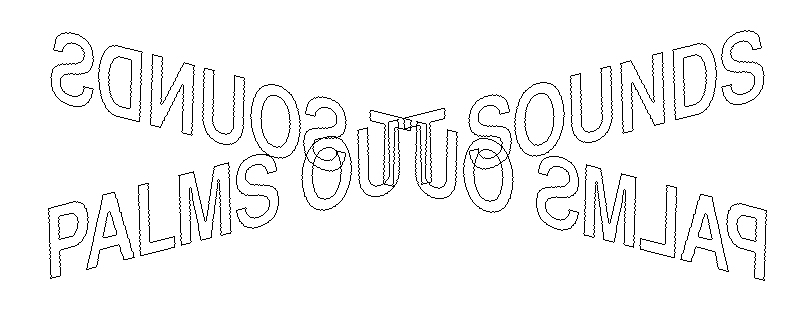
There’s a common perception of modular synthesis (especially Eurorack) as only suitable for either (a) long-form generative ambient music, or (b) noodley glitch and noise. Another common opinion of modular—or at least of the musicians who invest in it—is that it’s primarily an exercise in vanity, or just a pure expression of gear acquisition syndrome. I’ve had these doubts about my own forays into modular, especially when I’ve considered how much strain it can put on my pocketbook. There’s definitely some truth to all of these clichés; plenty of people with big Eurorack setups let them collect dust, or at least only use them to fiddle around, creating ephemeral soundscapes with little utility for music they actually release to the public (if they release any music at all). Nonetheless, these are not necessarily pointless pursuits—sound for sound’s sake is perfectly reasonable as a goal in and of itself; and I don’t even fault a pure collector. I’ve collected ephemera of various sorts my whole life, and I have found lots of satisfaction in doing so.
But none of this is the only way to use modular. The wonderful thing about it is that it can be whatever you make of it. Its power is in its flexibility. Music For Modular is the latest album by London artist Lazy H, and is a brilliant example of modular’s versatility. While there’s plenty of exciting synthesis and sound design at work on this record, it’s also a demonstration of how a modular setup can integrate comfortably into a classic band format, playing a role alongside live drums, bass, and keys. Most importantly, Music For Modular is distinctly musical. It has its atmospheric moments (opener and closer “Start from an Arp” and “Allen” fit this bill), but it’s far more an exploration of the danceable and melodious sides of jazz and funk (lead single “Body Thaw” and “Quicksilver” as the best examples). My pick from the record is “Tadasana Pose,” which oscillates between viscous, syrupy glitch hop and total serenity—with stretches that seem to even approximate prayer music.
None of these genre-descriptors are particularly useful here, though, and may end up reductive. What’s evident throughout the album is that this is music that emerged from spontaneity. It’s not the robotic navel-gazing of a lone synthesist. Instead, it’s the product of improvisations that have let the synths act as warm and expressive instruments with as much personality and elasticity as any physical instrument. This may be music for modular, but it’s music by humans.
Music For Modular is out now on bandcamp or for streaming.

